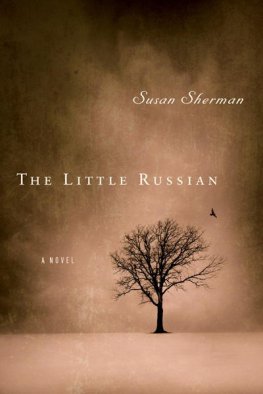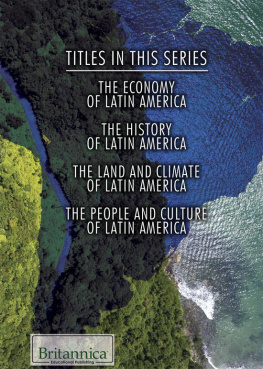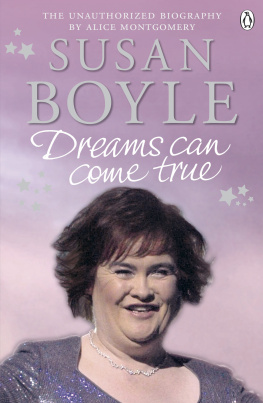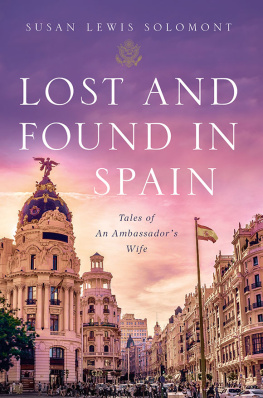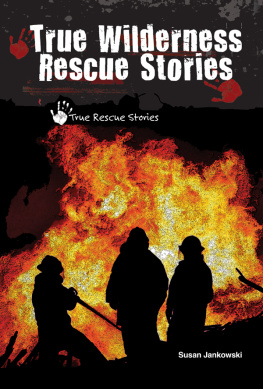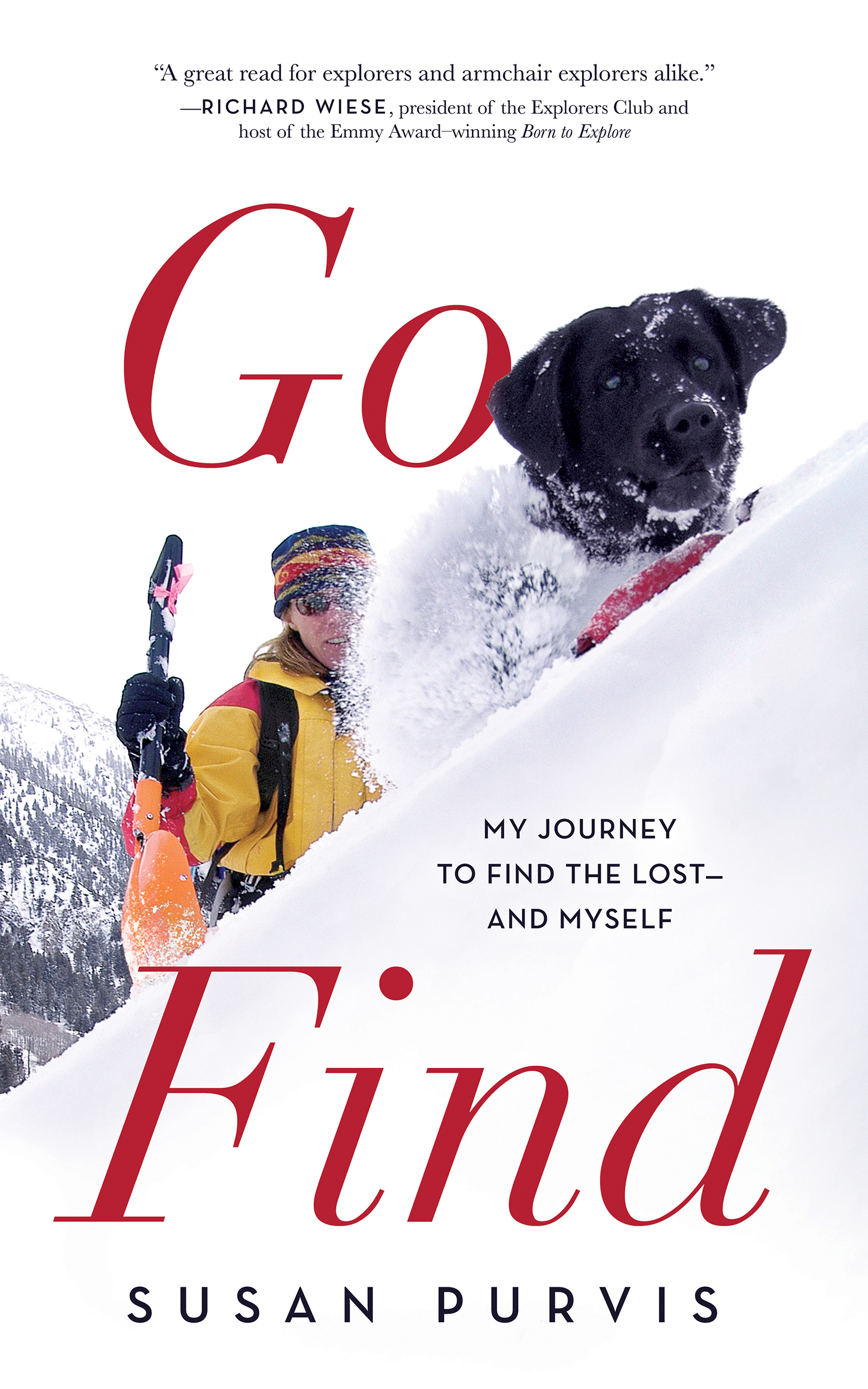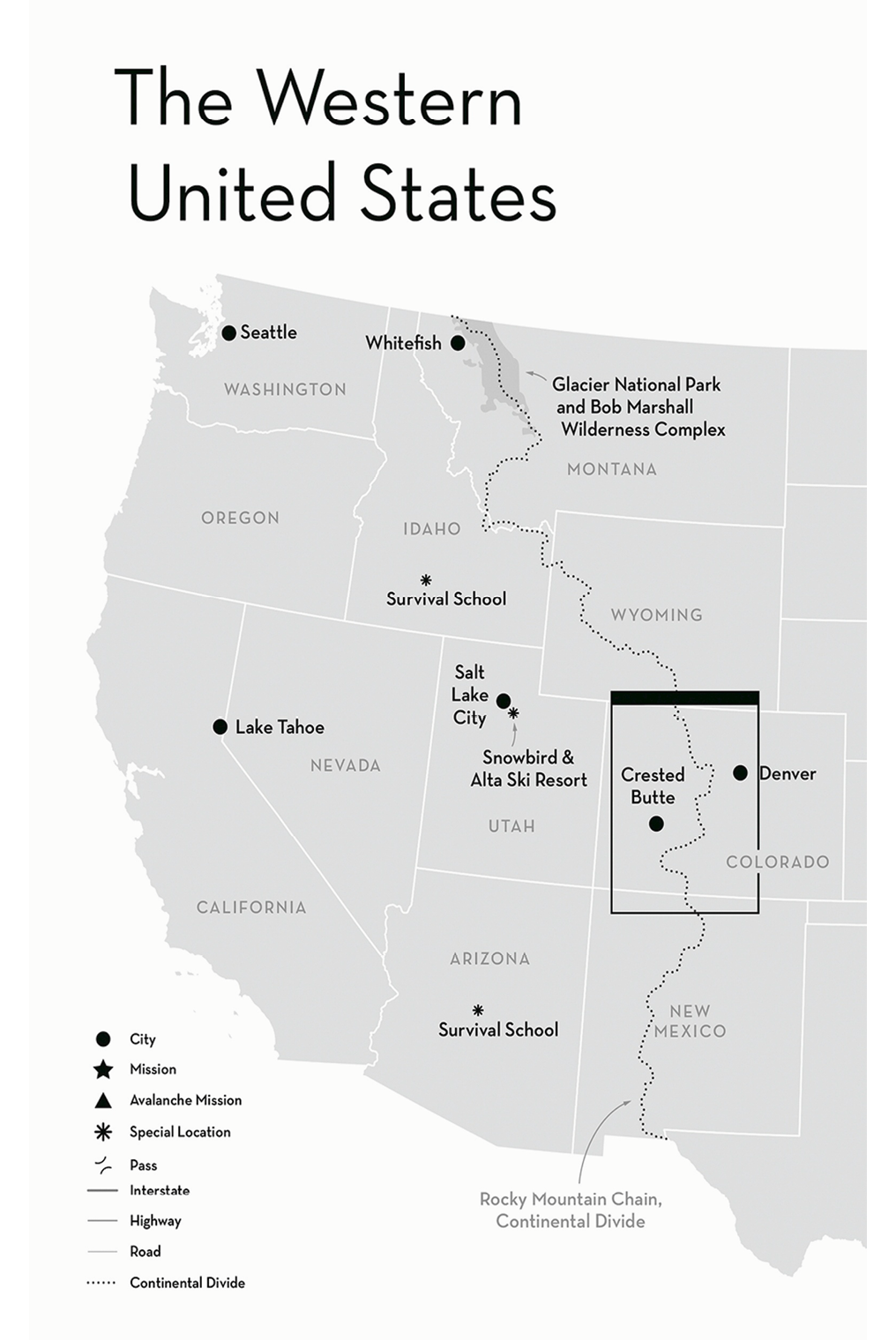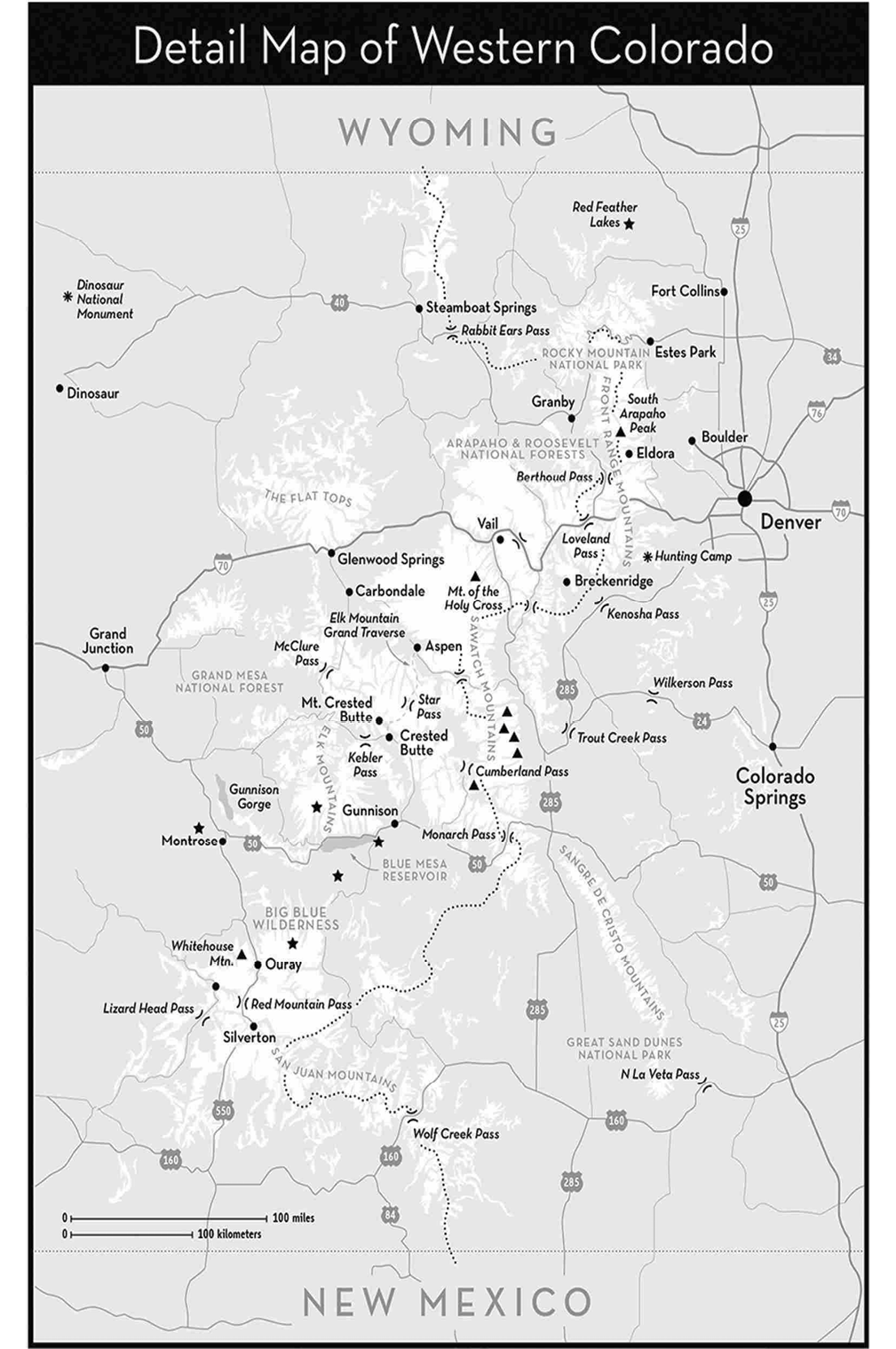A love story about a woman and her amazing rescue dog. A tale of exciting, life-changing adventures.
Kat Martin,
New York Times bestselling author
Susan Purvis has captured the heart of a personal journey that we all take to find our own truth. From the high Himalaya to the wilds of Montana, Sue embraced a life of service while searching for her true path. And in the loyalty and purpose of an avalanche rescue dog, she found clarity. Go Find is a gem!
Jennifer Lowe-Anker,
author of Forget Me Not
This is a must-read. Animal lovers will need a box of tissues at the ready as they read Sues story of falling in love and partnership with her best friend.
Luanne Freer, MD, founder/director of Everest ER
Dog lovers and adventurers alike will discover Go Find is nearly impossible to put down.
Ace Kvale, adventure photographer and subject of Ace and the Desert Dog
Finally, a good book on the world of avalanche rescue dogs and the lives of their mostly unpaid and often thankless trainers. A good read.
Bruce Tremper,
author of Staying Alive in Avalanche Terrain
People at a crossroads in their life will be inspired by the story of how one woman created a life for herselfand helped so many in the process.
Ellen E. Schultz, graduate of Purvis intensive wilderness-medicine courses, avid backpacker, and former investigative reporter for The Wall Street Journal
A story of evolution and self-discoveryA good tale of an outlier doing well and the love of her dog and the impermanence we all face.
Jerry Roberts, retired avalanche forecaster presently working for Mountain WeatherMasters
A spectacular love story about the beautiful bond between a woman and her dogPrepare to be moved, enthralled, and inspired. Go Find is truly a rare and special find!
Angie Abdou, PhD, author of The Canterbury Trail
Fascinating, moving, and well writtenI cried and marveled and found myself in these pages as well. Bravo, Susan. I feel forever changed.
Kristen Ulmer, former pro extreme skier, thought leader, and author of The Art of Fear
Challenges every professional service-dog handler to spend more time reading and responding to partnersboth K9 and humanDogs still have more to show us.
Sandy Bryson, California commissioner, Ret.,
law enforcement K9 team trainer
Readers searching for meaning will find themselves somewhere on these pagesSusan Purvis takes us even deeper into the psychological landscape of lost and found.
Brian Schott, founding editor, Whitefish Review
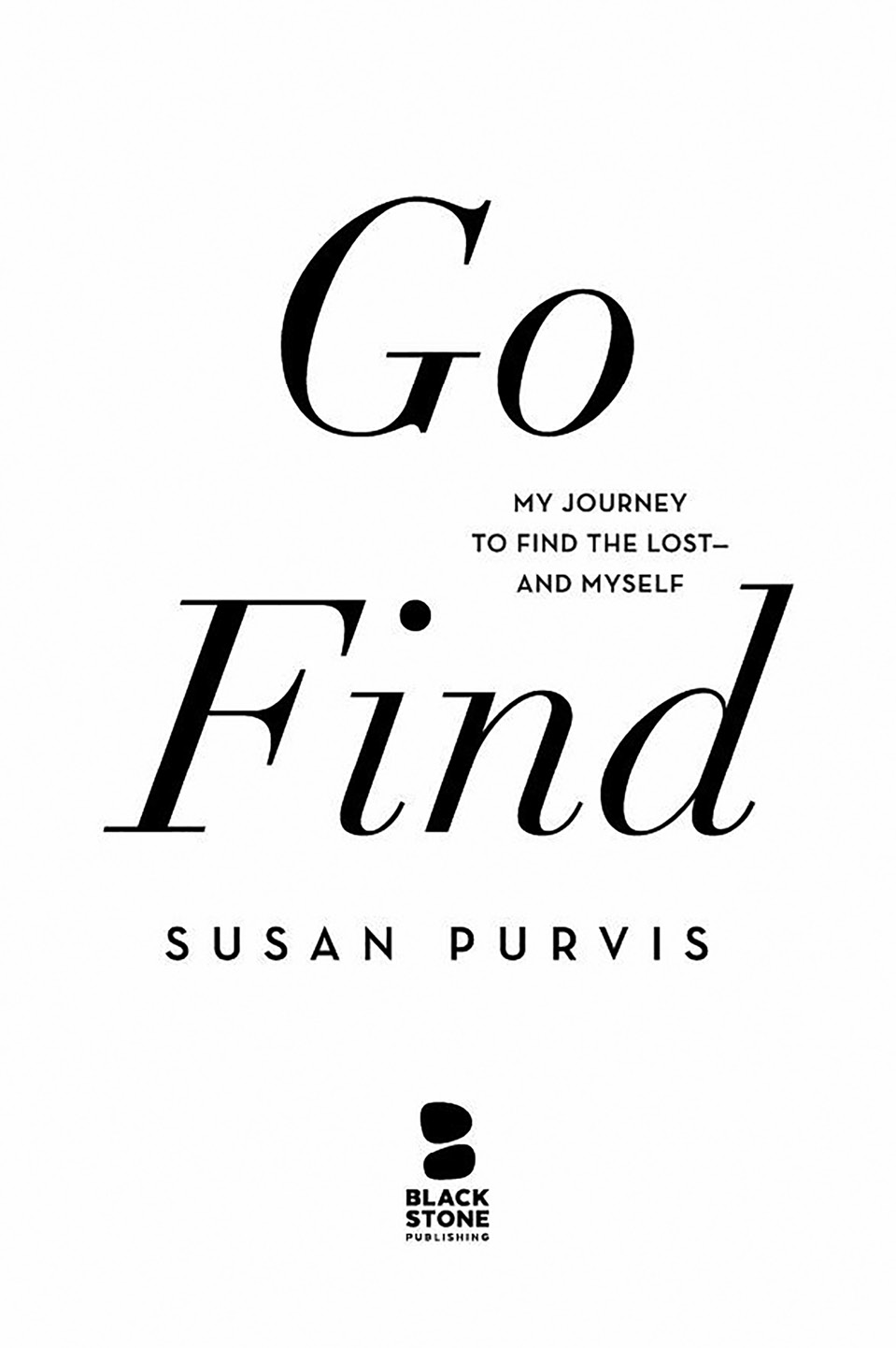
Copyright 2018 by Susan Purvis
E-book published in 2018 by Blackstone Publishing
Cover design and interior maps by Djamika Smith
Some names and identifying details have been changed
to protect the privacy of individuals.
All rights reserved. This book or any portion thereof may not be reproduced or used in any manner whatsoever without the express written permission of the publisher except for the use of brief quotations in a book review.
Trade e-book ISBN 978-1-5384-6022-1
Library e-book ISBN 978-1-5384-6021-4
Biography & Autobiography / Personal Memoirs
CIP data for this book is available from the Library of Congress
Blackstone Publishing
31 Mistletoe Rd.
Ashland, OR 97520
www.BlackstonePublishing.com
To Pop. Since I left home at age seventeen, you visited me most Septembers, no matter where my feet were planted. Youre a huge part of this adventure because you sat for endless hours in a rickety lawn chair amongst the turning aspen leaves, reading newspapers and drinking coffee, to play the victim for search-dog teams. Youve lost your hearing, and now your memory. Pops, you now deserve to sit down in your chair and enjoy my story.
To Mom. Who really cares about all my dreams, achievements, and secrets, besides you? I walk through this world knowing your love lives on my sleeve. I wear it every day. Youve offered me three gifts for a meaningful life: to love, laugh, and surround myself with supportive friends who care and listen. When I close my eyes, I feel your embrace and big smile. Since I left home, youve answered my telephone calls, even when I was worlds away.
To Tasha. For helping me find my way.
SEARCH: To look into or over
carefully or thoroughly in an effort
to find or discover something.
RESCUE: To free from
confinement, danger, or evil.
Introduction
Lost.
I was lost once.
Fresh out of college with a geology degree, I signed up as a survival instructor in the high desert of southern Idaho. No, I didnt have any previous experience, but I thought it would be more challengingand funthan working in a photography store.
After running several twenty-one-day courses without incident, I was promoted to lead guide. Then came a particular trip, leading six troubled teenagers on what we jokingly called a hoods in the woods trek through sagebrush country. Strapped to our back, each of us carried a wool blanket, wrapped in a second-hand military poncho for shelter, and a tin can for cooking. Ten days into the outing, I broke the most important rule about survival: I separated from my tribe.
And I got lost.
I wasnt supposed to get lost. After all, I was the so-called expert, the person who knew how to use a map and compass, find the North Star, set animal traps, and forage for edible plants.
Id first learned to use a compass at age ten when my dad took me fishing for lake trout in his twenty-foot boat on Lake Superior. With his grown-up hand resting on mine, he helped me guide the wheel. Honey, keep the needle pointing north and drive straight ahead. It was a big responsibility for a little girl who needed to stand on her tiptoes to see out the boats windshield. I knew that if I screwed up and got off course, especially in the fog, wed collide with the white rocks and drown. I kept my eye on that needle and told Pops, Ill never lose my way.
When I was fifteen, I learned to read a United State Geologic Survey 7.5-minute quadrangle map during my first backpacking trip to the Bob Marshall and Mission Mountain Wildernesses in Montana. As a teenager from the flatlands of northern Michigan, the grandness of the Rocky Mountains overwhelmed me. I stood at the trailhead, wearing a too-heavy backpack and holding a flat sheet of paper the size of a small poster. How the heck do you read a map? I asked our bearded guide. I have no idea where I am.
Back then, I was a follower. I took no responsibility for where I was or where I was going. But I wanted to learn.
My guide showed me how to orient both the map and compass north, and how to read topographical maps. He explained how lines could create a two-dimensional representation of both natural and human-made features on the earths surface. These maps, often called contour maps or quads, depict in detail the ground reliefthe shape and changing elevation of the terrainthe rivers, lakes, forest cover, roads, and other features, using symbols, colors, and contour lines. Each contour line on the 7.5-minute series represents forty feet of elevation difference. The closer together the lines, the steeper the terrain. The farther apart the lines, the flatter it is.


